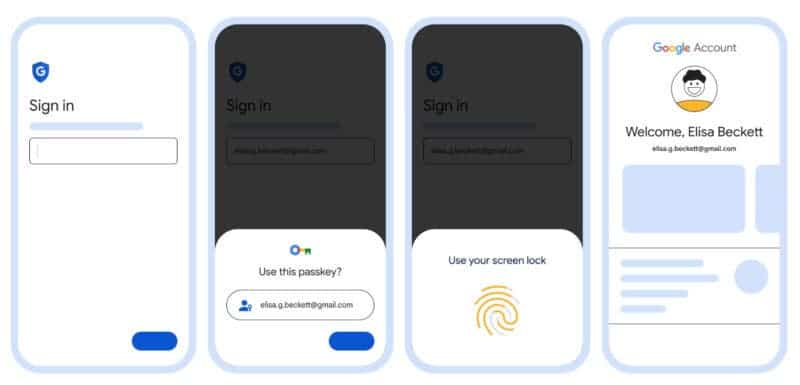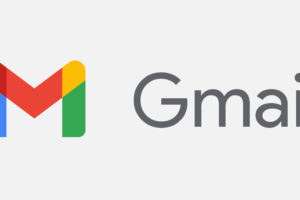Google has announced a major update that will remove the need for passwords in its accounts. The new feature, called Passkeys, will allow users to sign in with a biometric sensor, PIN, or pattern, instead of having to remember and enter passwords.
Passkeys are a safer and easier alternative to passwords, as they provide robust protection against phishing attacks and can be used across different browsers and operating systems. Passkeys are based on a standard technology developed by the FIDO Alliance, an industry consortium that aims to replace legacy authentication mechanisms with more secure and user-friendly solutions.
Related:
- MFA vs 2FA vs 2SV: Which Authentication Method is The Best?
- How to sign in to a 2FA-enabled Google account when you lose your phone
To use Passkeys, users will need to create a passkey for each website or app that supports the feature. This can be done by signing in with the existing method and clicking on the “Create a passkey” button. The user will then have to confirm their identity with their device screen unlock.
Passkeys can sync between the user’s devices through end-to-end encrypted services like Google Password Manager and iCloud Keychain. Alternatively, users can set up passkeys on multiple devices by generating a QR code or link from one device and scanning or opening it on another device.

Google says it plans to promote Passkeys in the coming months and start nudging account holders to switch from passwords to Passkeys. The company hopes that by enabling this feature for its billions of users, it will help them get more accustomed to the technology and also signal to other companies that passkeys are ready for widespread adoption.
Google adds that they are more secure and convenient than passwords, and that they’re part of its vision to create a passwordless future. They also claim that Passkeys are compliant with the WebAuthn standard, which means that they’re compatible with other platforms and browsers that support it.
Passkeys are currently available for Chrome on Android devices that are signed into the same Google account. Also, only some Android users in select regions currently have access, but Google plans to expand them to more devices and countries soon.
Google says it is working to expand the support for this feature to other platforms and browsers in the future.
Discover more from Dignited
Subscribe to get the latest posts sent to your email.












